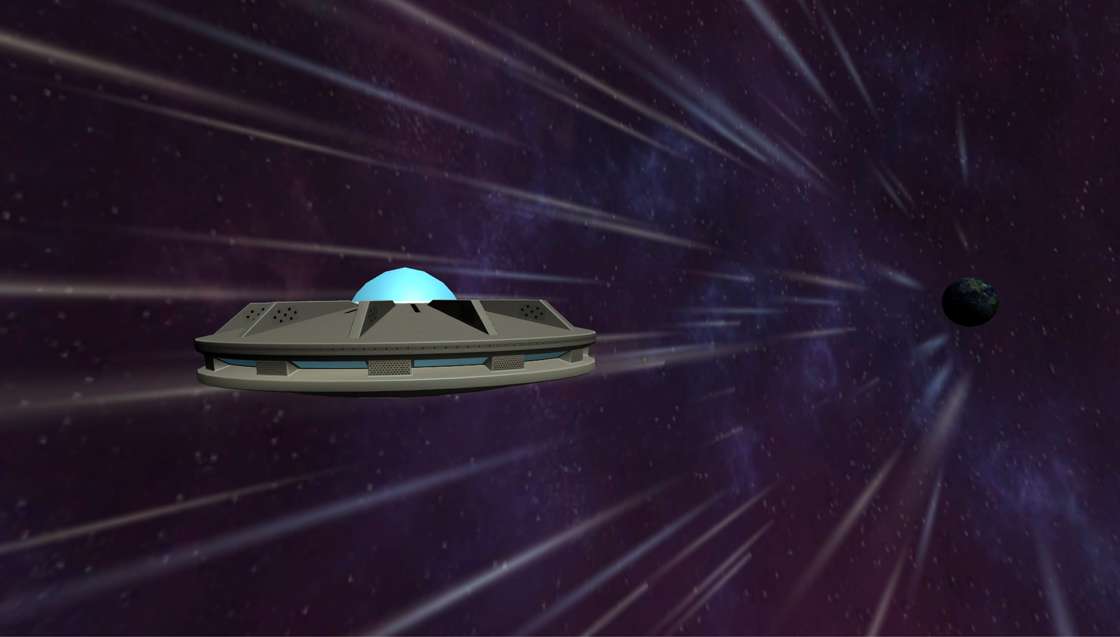Heading 1
Heading 2
Heading 3
Heading 4
Heading 5
Heading 6
Lorem ipsum dolor sit amet, consectetur adipiscing elit, sed do eiusmod tempor incididunt ut labore et dolore magna aliqua. Ut enim ad minim veniam, quis nostrud exercitation ullamco laboris nisi ut aliquip ex ea commodo consequat. Duis aute irure dolor in reprehenderit in voluptate velit esse cillum dolore eu fugiat nulla pariatur.
Block quote
Ordered list
- Item 1
- Item 2
- Item 3
Unordered list
- Item A
- Item B
- Item C
Bold text
Emphasis
Superscript
Subscript
About This Simulation
Help the alien Pondus study gravitational acceleration on Earth and find out how Earth’s mass and the distance from where we measure it affects the strength of Earth’s gravitational field.
Learning Objectives
- Define the gravitational acceleration
- Define the gravitational field
- Calculate the gravitational acceleration at a point of the gravitational field
About This Simulation
Lab Techniques
- Gravitational field
- Universal law of gravitation
- Mass vs Weight
- Field strength
Related Standards
- HS-PS2-4
- ESS1.B-H1
Learn More About This Simulation
Have you ever had the chance to talk to an alien from a far-away galaxy? In this simulation, you will meet Pondus and help him study Earth's gravity. The mass of his planet is so big that he needs a huge thrust to escape its gravitational pull. Learn about the gravitational field and gravitational acceleration at Earth's surface and anywhere in space, and help Pondus understand if Earth is more suitable than his planet for space travel.
Freefall
Do all objects experience the same acceleration when they fall? Is there a difference between mass and weight? According to the legend, Galileo dropped different weights off of the Tower of Pisa to study gravitational acceleration on Earth. From our lab, you can do the same and much more: you can change Earth’s gravity and see how this affects the freefall and weight of objects.
The gravitational field
Even though you can’t see gravity, but just experience its effects, scientists have found a way to represent it: the gravitational field lines. Just with the click of a button, you will be able to visualize the gravitational field lines and understand how their density changes with the intensity of the gravitational field.
Calculate the gravitational field strength
The gravitational field lines look different from space: when we move away from Earth's surface, field lines no longer look parallel. They point radially to Earth's center. You will learn how to interpret them and relate the field strength to the distance from the field source. They will learn how to calculate gravitational acceleration at any point in space. Will you help Pondus learn more about gravity on Earth?
For Science Programs Providing a Learning Advantage
Boost STEM Pass Rates
Boost Learning with Fun
75% of students show high engagement and improved grades with Labster
Discover Simulations That Match Your Syllabus
Easily bolster your learning objectives with relevant, interactive content
Place Students in the Shoes of Real Scientists
Practice a lab procedure or visualize theory through narrative-driven scenarios


FAQs
Find answers to frequently asked questions.
Heading 1
Heading 2
Heading 3
Heading 4
Heading 5
Heading 6
Lorem ipsum dolor sit amet, consectetur adipiscing elit, sed do eiusmod tempor incididunt ut labore et dolore magna aliqua. Ut enim ad minim veniam, quis nostrud exercitation ullamco laboris nisi ut aliquip ex ea commodo consequat. Duis aute irure dolor in reprehenderit in voluptate velit esse cillum dolore eu fugiat nulla pariatur.
Block quote
Ordered list
- Item 1
- Item 2
- Item 3
Unordered list
- Item A
- Item B
- Item C
Bold text
Emphasis
Superscript
Subscript
A Labster virtual lab is an interactive, multimedia assignment that students access right from their computers. Many Labster virtual labs prepare students for success in college by introducing foundational knowledge using multimedia visualizations that make it easier to understand complex concepts. Other Labster virtual labs prepare learners for careers in STEM labs by giving them realistic practice on lab techniques and procedures.
Labster’s virtual lab simulations are created by scientists and designed to maximize engagement and interactivity. Unlike watching a video or reading a textbook, Labster virtual labs are interactive. To make progress, students must think critically and solve a real-world problem. We believe that learning by doing makes STEM stick.
Yes, Labster is compatible with all major LMS (Learning Management Systems) including Blackboard, Canvas, D2L, Moodle, and many others. Students can access Labster like any other assignment. If your institution does not choose an LMS integration, students will log into Labster’s Course Manager once they have an account created. Your institution will decide which is the best access method.
Labster is available for purchase by instructors, faculty, and administrators at education institutions. Purchasing our starter package, Labster Explorer, can be done using a credit card if you are located in the USA, Canada, or Mexico. If you are outside of North America or are choosing a higher plan, please speak with a Labster sales representative. Compare plans.
Labster supports a wide range of STEM courses at the high school, college, and university level across fields in biology, chemistry, physics, and health sciences. You can identify topics for your courses by searching our Content Catalog.















